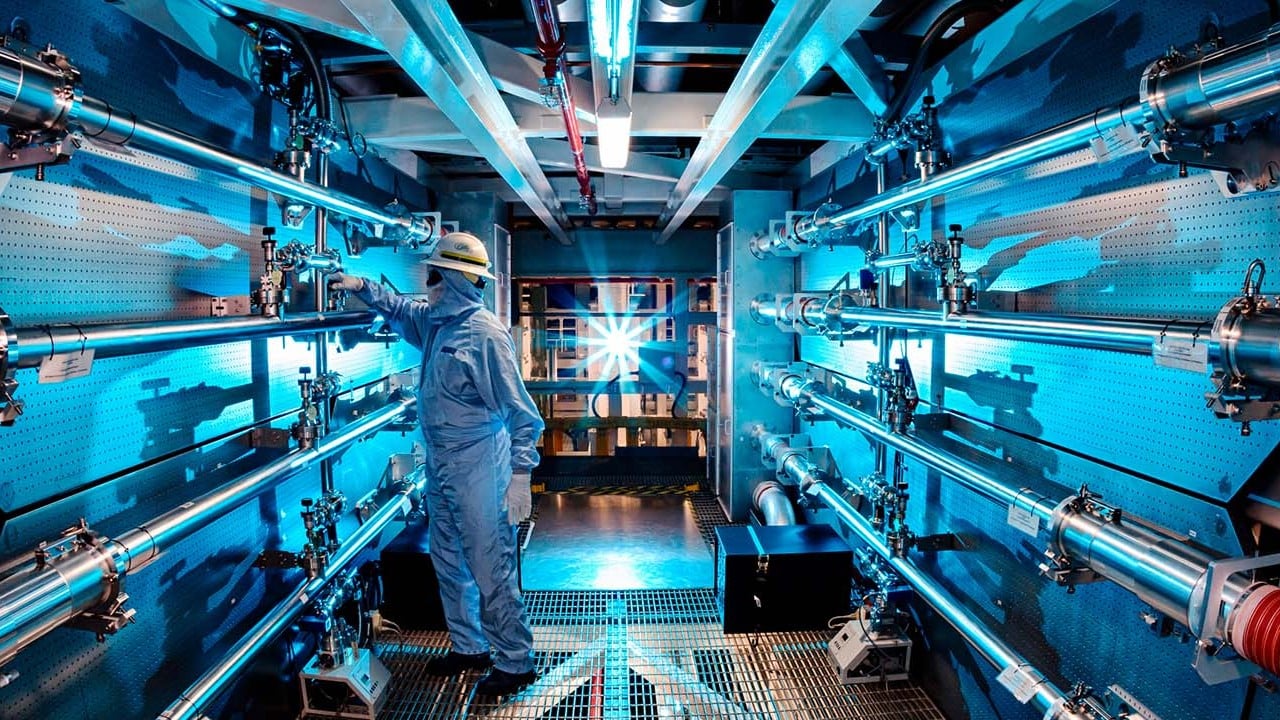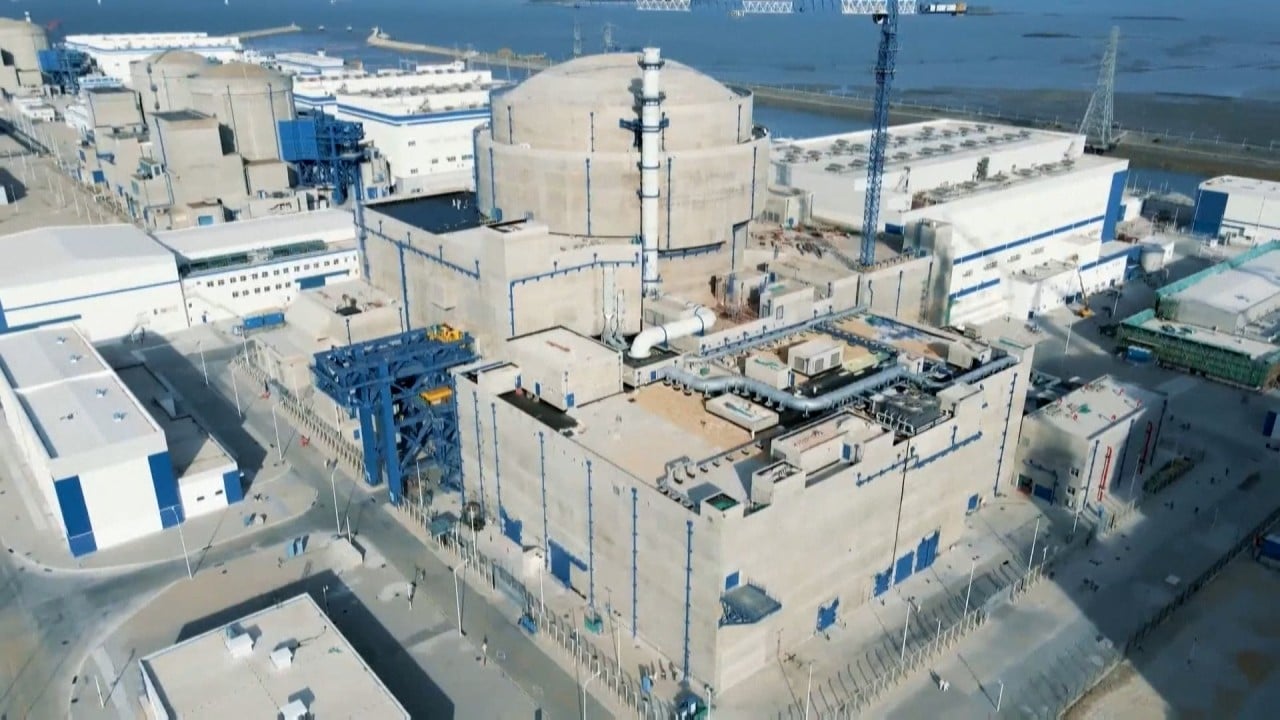The refurbished device was developed and donated by the Chinese Academy of Sciences’ Institute of Plasma Physics (ASIPP) in Hefei, Anhui province, where it had operated for 18 years up to 2002.
TT-1 is expected to help train scientists and engineers from Thailand and Asean member states. Last month, the Thai researchers, along with Chinese peers who offer on-site support, began testing the device after it was installed.
The first successful test happened on April 21, said Nopporn Poolyarat, head of Thailand Institute of Nuclear Technology’s nuclear fusion and plasma division, who spoke to the Post from where TT-1 is located, about 90km (56 miles) northeast of Bangkok.
“On that morning we still had some problems to fix. Later in the afternoon, we tried again and suddenly we got the first breakdown. Everyone was happy. Even though it was a small breakdown, at least we saw plasma,” he said.
Fusion energy is produced by nuclear fusion reactions, which occur at extremely high temperatures. During the reaction, two atomic nuclei – isotopes of hydrogen deuterium and tritium in this case – fuse together to form a heavier nucleus and release huge amounts of energy.
The fusion reactions take place in a state of matter called plasma – a super hot ionised gas. The term “breakdown” refers to a transition process from insulating gas to conducting plasma.
The electric current produced in the first plasma was measured at 2,000 amperes, rather small compared to what the team achieved during their training in China. Nopporn was part of a nine-member team that spent three months in Hefei last year to learn how to operate a tokamak.
“In the beginning we wanted to make sure the connection and the system were OK. Putting a lot of energy into the plasma at the beginning might not be a good idea because it can damage the machine. We then increased it step by step,” he said.
Since then, the team has heated the plasma to a range of 60,000 to 70,000 amperes, which lasted 0.05 second. The key focus for now is to raise the plasma temperature to a maximum capacity of 100,000 amperes for 0.1 second by mid-May.
“More plasma particles means more fusion creation, and more energy could be generated,” Nopporn said.
Chinese scientists have been on site offering technical support since before the tokamak arrived in January, according to Somsak Dangtip, manager of the Thai institute’s advanced engineering and nuclear technology centre.
“In December, a crew from ASIPP visited to inspect the site. Another engineer group later came to unpack the cargo and started installing the machine. It’s the fourth group staying with us at the moment,” Somsak said.
After the final group of Chinese engineers leaves Thailand later this month, they will stay in contact to offer operational and maintenance support.
The team from the Thai institute has also been working closely with staff from the country’s largest power producer, the Electricity Generating Authority of Thailand (EGAT), who have taken part in training, installation and operation of the machine, Somsak said.
“EGAT sees this group of young staff as the future major force if it wants to continue with fusion energy as the new energy source to generate electricity for Thailand,” he said.
Nopporn said the local team also has plans to upgrade the machine, including using artificial intelligence to help keep operations smooth.
“Right now we have a basic set of components to generate plasma. To raise the temperature of the plasma, we need to add more heating components. We also need more diagnostic tools to measure the properties of plasma.”
He also said the team would study ways to increase the temperature of plasma using a physical phenomenon known as a “transport barrier”, an area of study that is attracting growing attention from scientists around the world.
“Inside the tokamak it is really hot, and heat is lost to the outside. But if we can trigger the so-called transport barrier, the heat could be more or less confined and not transferred outside easily so that we can keep the temperature inside very high,” he said, adding that the same machine reached 2 million degrees Celsius (3.6 million Fahrenheit) while it was in China.
In preparation for the departure of the Chinese engineers, the Thai researchers have started to operate the machine on their own.
“Since we are 30 years behind China, we need to learn how to control the plasma, how to raise its temperature and how to make the fusion reaction occur in Thailand, Nopporn said.
“Step by step we build confidence that we will have enough [trained] manpower. When the [fusion power] technology comes, we can use it wisely.”



